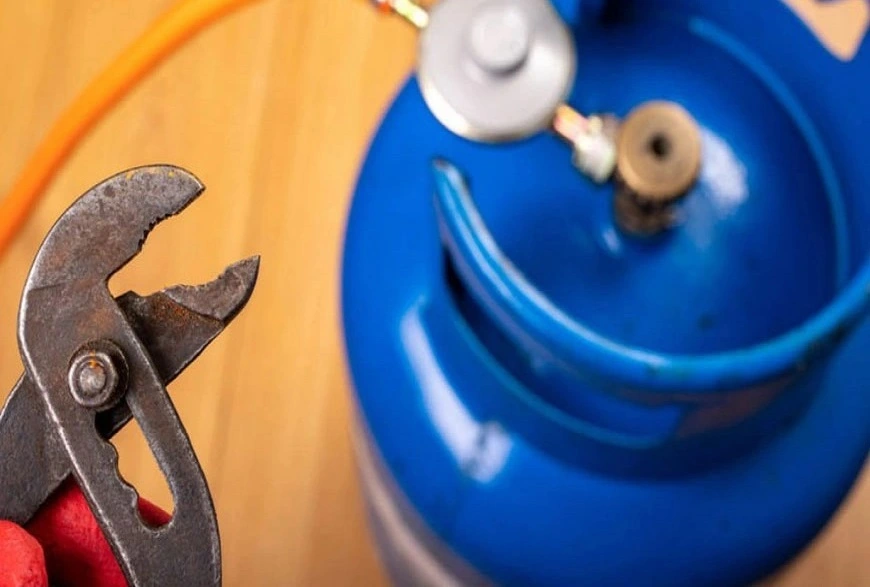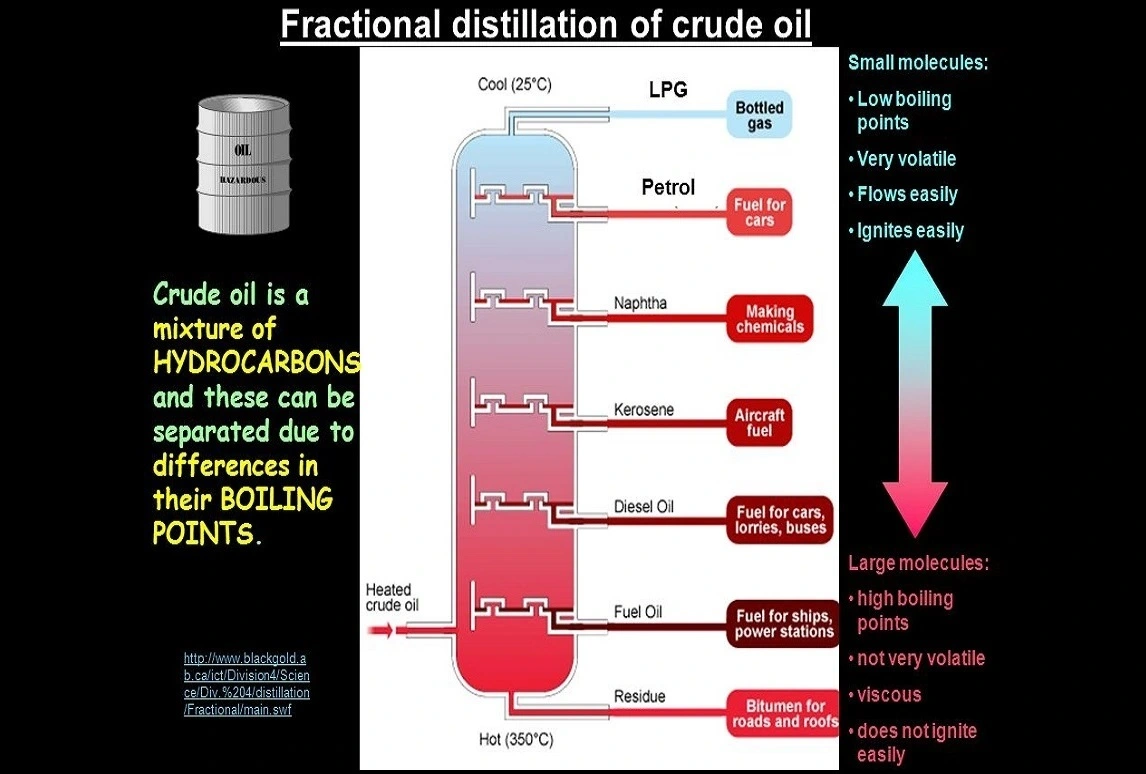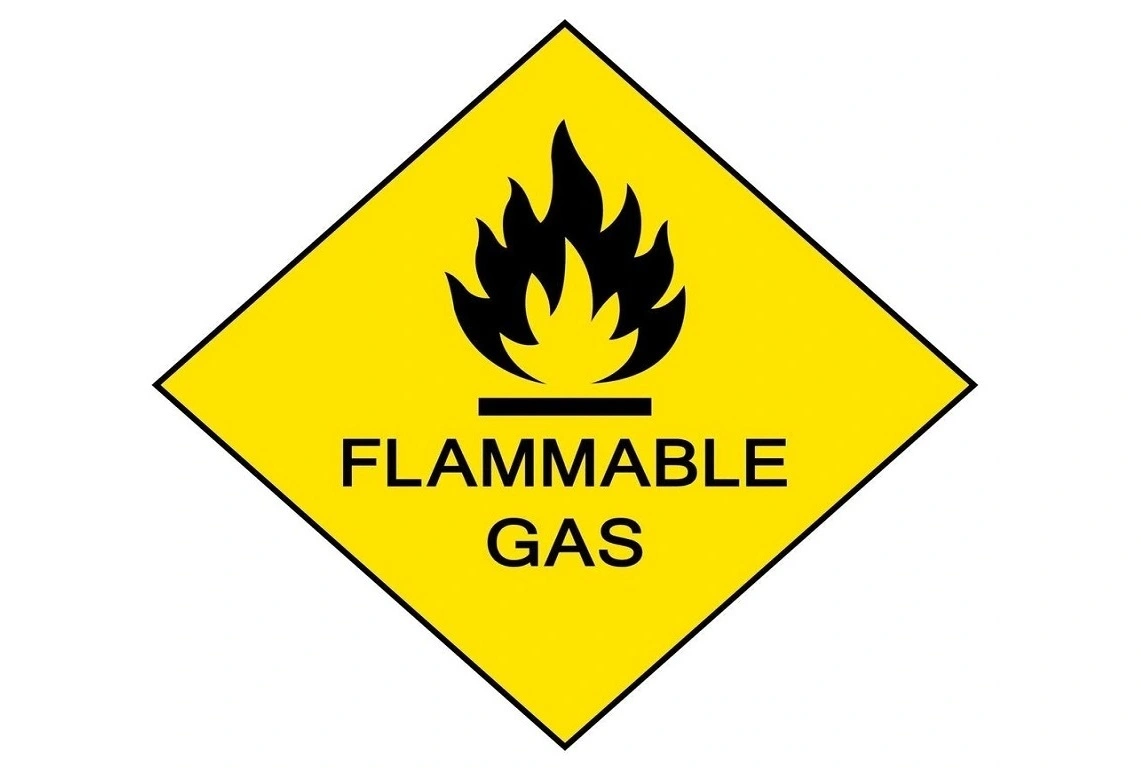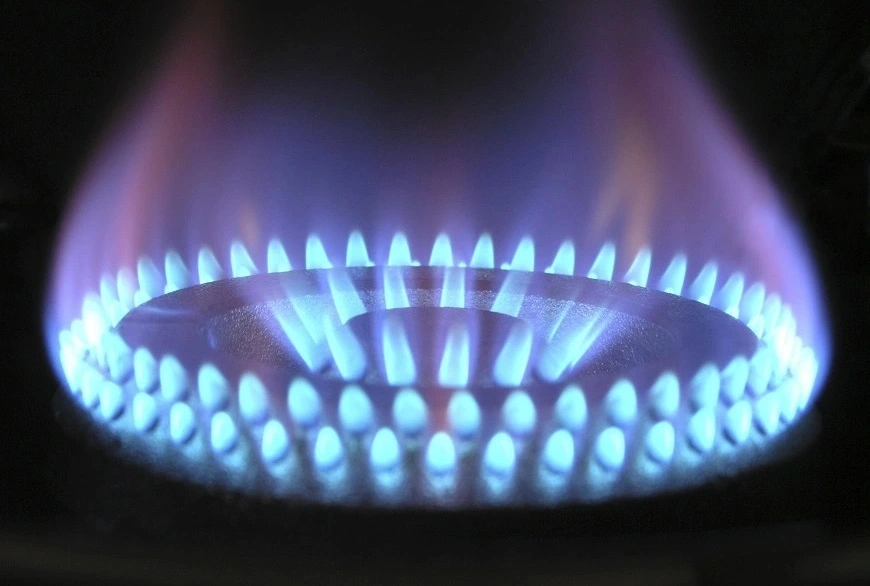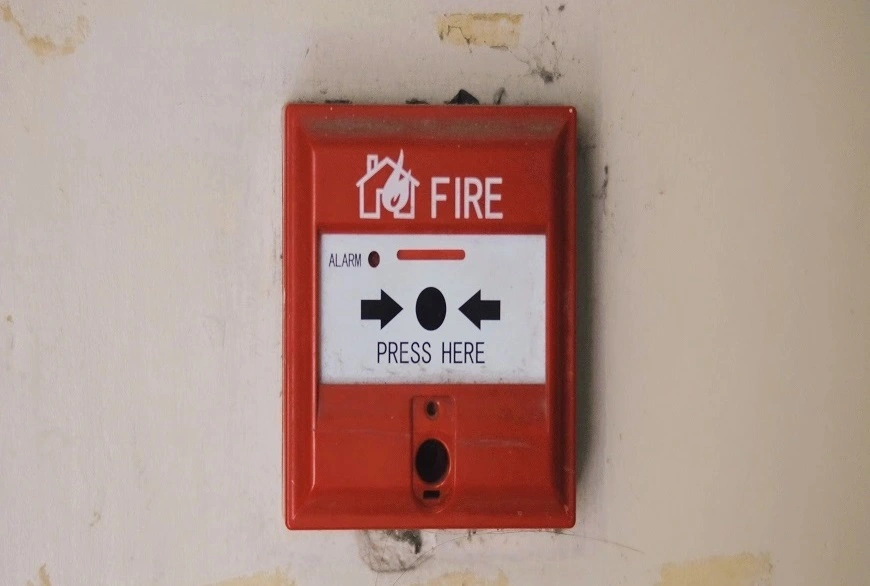Non-destructive Testing
Non-destructive testing (NDT) is a method of evaluating the integrity of LPG tanks without causing damage to the tank. There are several different types of NDT methods that can be used to inspect LPG tanks, including:
- Ultrasonic testing (UT): This method uses high-frequency sound waves to detect any defects or thickness variations in the tank wall.
- Magnetic particle testing (MT): This method uses a magnetic field to detect any surface or near-surface defects in the tank wall.
- Dye penetrant inspection (DPI): This method uses a dye that is applied to the surface of the tank. Any defects in the tank wall will allow the dye to penetrate, making them visible for inspection.
- Radiographic testing (RT): This method uses X-rays or gamma rays to create an image of the inside of the tank, allowing for the detection of any internal defects.
- Acoustic Emission Testing (AE): This method uses sensors to detect and locate the source of an acoustic emission, which can indicate the presence of a defect or a crack on the tank.
NDT methods provide a safe and efficient way to evaluate the integrity of LPG tanks and identify any potential issues before they become a problem. These methods are commonly used as part of a regular maintenance program, they are also used when tanks are put out of service for a period of time or when they are put back in service after repair.
It's important to note that these methods should be performed by trained and qualified technicians, following the manufacturer's instructions and industry standards


